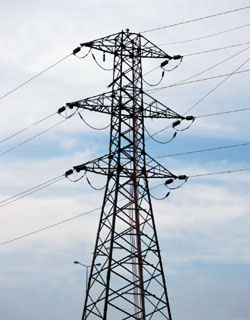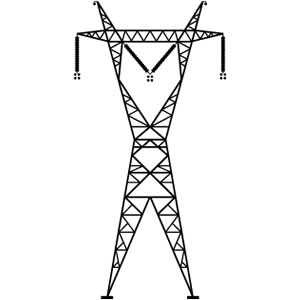
Steel Structures
Power Transmission Lines
Electricity transmission lines are the lines that enable controlled and planned electrical energy in the power plant to be transmitted from the power plants to the distribution lines. It is a system that enables the transmission of electrical energy between the transformer stations or transformer stations near the electricity generation facilities and the electricity consumption zones and the end consumer. In the laying of the electric lines, the cost, route of the transmission line, geographical situation, land condition, easy operation of the line, voltage drop account, capacity and transportation power are examined. It is very important that the electricity line is constructed in a safe way and that the electricity is delivered with minimum losses.
Electric lines are divided into high and low voltage. High voltage lines are usually laid between the power plant and the campus. Electricity distribution lines are used for urban / interstate electricity distribution which is delivered to the last subscriber with low voltage. They are named according to the voltage of the energies they carry. They are dimensioned according to energy load and voltage.
Towers
General Definition: A transmission tower or power tower is a tall structure, usually a steel lattice tower, used to support an overhead power line.
Waist Type Tower:This is the most common type of transmission tower. It’s used for voltages ranging from 110 to 735 kV. Because they’re easily assembled, these towers are suitable for power lines that cross very uneven terrain.

Double-circuit tower: A transmission tower or power tower is a tall structure, usually a steel lattice tower, used to support an overhead power line.
Guyed-V tower: This tower is designed for voltages ranging from 230 to 735 kV. It’s used mainly for power lines leaving the La Grande and Manic-Outardes hydroelectric complexes. The guyed-V tower is more economical than the double-circuit and waist-type towers.


